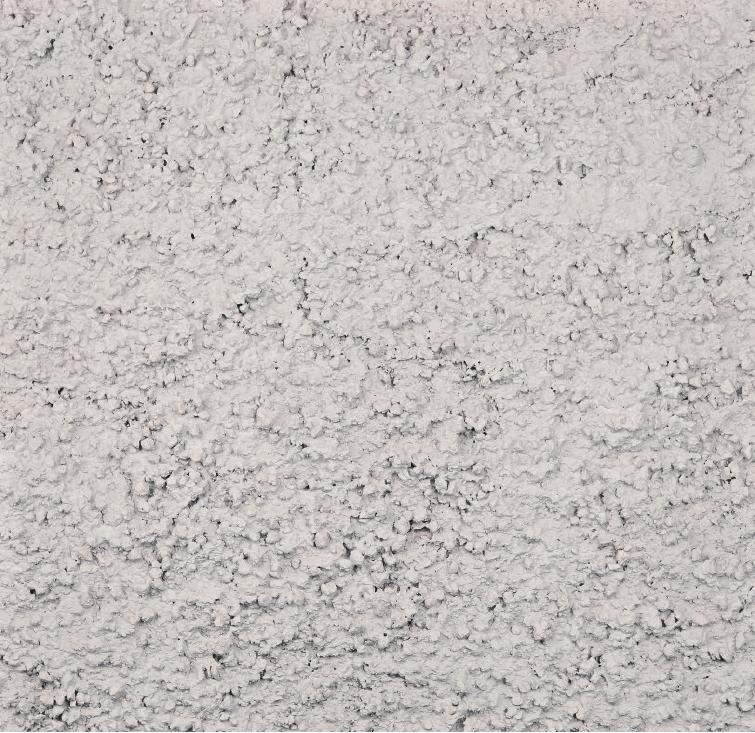Allgemein
Hinauf zu den Wurzeln
Kann die Architektur der Kunst ein paar Tricks abschauen? Im Fall von Olafur Eliasson durchaus. Fasziniert von den Linien des Horizonts, landschaftlichen Perspektiven und der Wirkung des Wetters, inszeniert er diese Elemente so, dass wir uns ihrer wieder bewusst werden. Seine Entwicklung begann mit der Installation von künstlichen Wasserfällen und einem Zelt aus schmelzendem Eis, führte über einfarbig gefärbte Flüsse und doppelte Sonnen bis zu den neueren Werken, die sich zunehmend mit dem Raum befassen. Mit David Adjaye stellte er »Your Black Horizon« aus, höchst abstrakte Architektur mit einem Aspekt transzendentaler Stille. Im aktuellen Serpentine Gallery Pavilion (mit Kjetil Thorsen von Snøhetta) in London, der am 5. November dieses Jahr ungewöhnlich spät schließt, umfasst eine spiralförmige Rampe einen Raum, der nichts weiter als Lesungen und informellem Zusammenkommen dient, und endet in einem Balkon, der viel zu niedrig für spektakuläre Blicke über den Park sitzt und sich stattdessen wieder nach innen wendet. Eliasson kommentiert trocken unseren Wunsch nach marktschreierisch lauten Events oder selbstverliebter Architektur und lenkt unsere Aufmerksamkeit wieder auf das Gebäude selbst, auf die Höhle, die es bildet, auf den Aufstieg und auf unser seltsames Bedürfnis, einen buchstäblich ziellosen Ausflug zu machen. Was er uns gibt, ist ein sozialer Raum, eine Rückzugsmöglichkeit von der umgebenden Stadt. Und was bedeutet das im Großen? Dass das Überragende doch noch einen Platz in unserer Welt hat? Oder kann es seine Wirkung nur noch in Innenräumen entfalten? Verliert die Kunst ihre Abstraktion, wenn sie sich der Architektur bedient? Zeigt Eliasson hier eine Möglichkeit, Großartigkeit mit nüchterner Funktionalität zu verbinden? Ja. Denn hier sehen wir, wie man von Kunst zu Architektur übergehen kann und sich darüber des Potenzials beider Kulturformen wieder bewusst wird.
~Aaron Betsky
Spiraling out of Control
For the last seven years, the Serpentine Gallery in London’s Regent’s Park has commissioned notable architects such as Zaha Hadid, Rem Koolhaas and Toyo Ito to create temporary pavilions with no more function than to house both formal and informal gatherings over the summer. This year, they commissioned an artist, Olafur Eliasson. Perhaps this artist can teach the architects a trick or two.
Eliasson has made it a practice to challenge architects by producing spatial effects whose power far exceeds the capacity of almost any of them to frame a place in such a way that we become aware either of its essential nature or of something beyond that of which only human beings are capable. He is essentially a landscape artist, fascinated with horizon lines, vistas, weather effects and the ways in which he can represent those elements that emplace us in the physical world in such a way that we become aware of them. He started simply, by creating artificial waterfalls and then shining light through them to produce rainbows, by freezing water to create a modern day equivalent of a primitive hut, and by coloring whole rooms a single color, thus making one feel as if one had entered into an utterly abstract painting. At times he intervened directly into the surrounding environment, as when he dyed a river in Stockholm green in 2000, or sent a rivulet of water coursing through the streets of Johannesburg the following year.
His most famous installation, in the Tate Modern in 2003, turned that piece of industrial archeology, renovated by Herzog & de Meuron to be a cathedral of modern art, into a neo-primitive temple for the adoration of a fake sun. The effect was astonishing: people would come and lie on the floor, gazing up at this completely static, but somehow mesmerizing image. It gave the hall a focal point and emphasized the romantic appeal of an architecture so large and so overwhelming as to approach the sublime. In many ways, Eliasson’s best work is itself sublime, a stage beyond beauty that evokes just awe.
His collaboration with the architect David Adjaye in Venice the following year, »Your black horizon,« married the most abstract architecture with a moment of transcendent stillness in which a viewer saw only the endlessly receding point of recession. In these works, Eliasson seemed to be proving himself to be a master of phenomenal architecture. He is pushing beyond the calls by Christian Norberg-Schulz and his ilk for a deep form towards a spatial manipulation that releases fundamental relations to light, dark, form and material in a much more convincing manner than anything a vernacular architecture has ever achieved. Together with artists such as James Turrell and Anish Kapoor and architects such as Steven Holl and John Pawson he has been making a case for space as an absolute and absolutely necessary void, an alternative to both the hurly-burly of daily life and the dead rituals of religion.
In the last few years, Eliasson has been moving into something that resembles architecture. For the 2003 Biennale in Venice, he created an extension of the Danish Pavilion that surrounded one with fractured mirrors. He has become more and more interested in such spatial interventions that both dissolve the space around themselves like giant kaleidoscopes and that have a physical presence themselves as walls or cones made out of hexagonal components. The Serpentine Gallery Pavilion, produced in collaboration with Snøhetta’s Kjetil Thorsen, is a disquieting next step in that direction. Eliasson and Thorsen chose to create a spiraling path that circled up the building’s side. Along the way it passed, rather than produced, the building’s circular interior space. This auditorium with an off-center oculus, partially open to the path, was, according to the designers, a modern day cave where one could retreat from the outside world into an artificial realm. After one circulated by this lecture and gathering space (the Pavilion’s only »real« program), one climbed up to a promontory where one looked out not over the park, as one was not quite high up enough for that, but back in from a little balcony that penetrated back into the building, down at the »cave« or up at the oculus.
This plywood-clad spiral produced an interesting place and was certainly a finely crafted object, but it neither seemed to connect with its surroundings nor did it produce the »oh wow« moment we have come to expect from Eliasson. So what was the point? There was neither a view nor a sense of revelation, only a different perspective on the surrounding lawn and trees and a view down on the cave. There was above all no relationship to the city and its forms, no recognition that the park was in and of itself an attempt to make us aware of the landscape through urban eyes. Perhaps that was the intention. For all its monumental appearance and singular sweep up, Eliasson’s and Thorsen’s Pavilion was perhaps nothing more or less than a wry commentary on the arching and aching reach of so much of this phenomena-centered art and architecture.
The result was an affect rather than an effect. Instead of feeling redeemed by a deeper relationship to place or space, one became aware of the monument, the cave, the spiral, the view and of one’s own visit to this »folly« as a literally pointless trip. Playing with our memories of what park follies, important buildings, places for free discussion, natural form and majestic views over nature should look like, Eliasson and Thorsen gave them back to us in irony. The affect was neither the bad jokes and flailing rhetoric of much contemporary art, nor the self-important mysticism of most phenomenal architecture, but a loving, self-conscious and critical stance. Along the way, it produced a social space, a focal point, gathering spot and excuse to promenade.
Eliasson, here and elsewhere, has posed questions both about his own work and about architecture. Is there a place for the sublime in our modern environment, or can we only refer to it in a knowing way, one that will ultimately undercut the emptiness of Tadao Ando’s or Steven Holl’s architecture? Is that sublime perhaps restricted to interior effects in art museums that we reserve for such purposes, and must art, when it tries through the medium of architecture to engage everyday life, perforce lose exactly the abstraction and escape from reality that can make it so great? And is Eliasson now proposing an architecture that combines a certain degree of sublimity with the self-conscious, function-driven mode in which almost all architecture has been operating since the advent of Postmodernism, mediated through references (façadism) married to spatial manipulation in the figure that is the most popular motif in much current architecture, the spiral? The answer to all these questions is, I believe yes, and means that Eliasson might have done more to give a purpose to the work produced by the likes of Hadid and Koolhaas, both here at the Serpentine and elsewhere, than they themselves have done: he has shown that one can spiral from art into architecture and into a self-consciousness of what both those forms of cultural production do.
Aaron Betsky ist Direktor des Cincinnati Art Museum. Davor leitete er das NAI und war Kurator für Architektur, Design und Digital Projects am San Francisco Museum of Modern Art. Als ausgebildeter Architekt hat er rund ein Dutzend Bücher über Architektur und Design verfasst, zuletzt »False Flats: Why Dutch Design Is So Good« (2004).
Teilen:





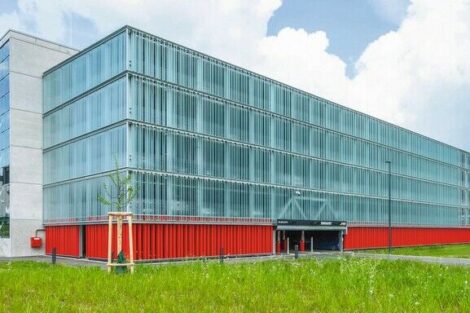
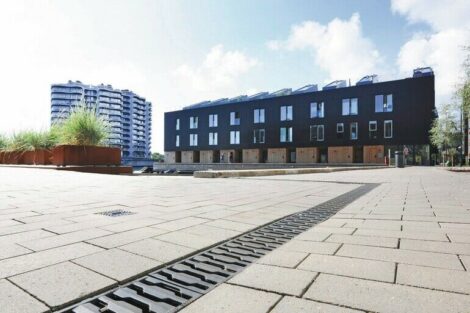
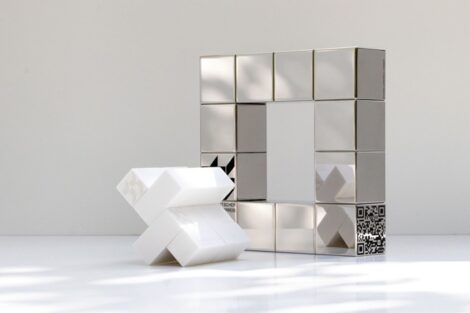
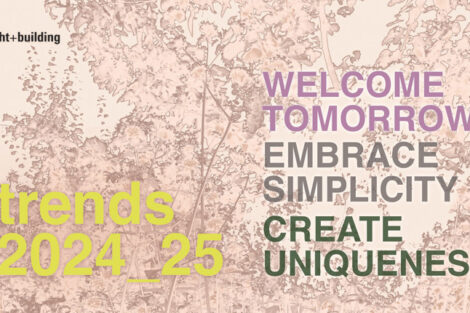
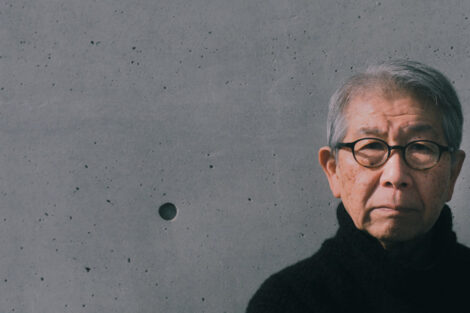

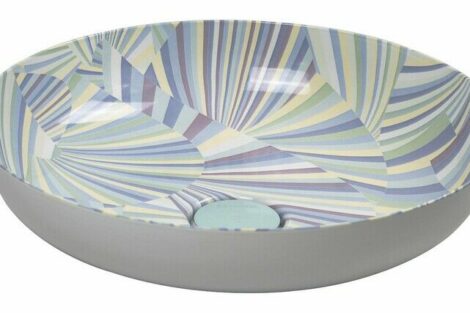
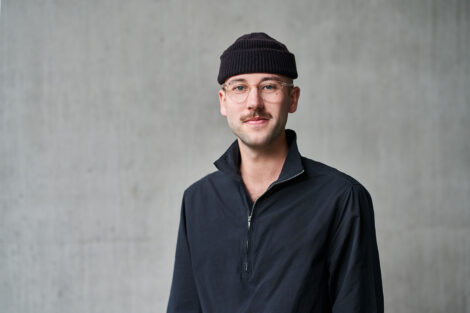
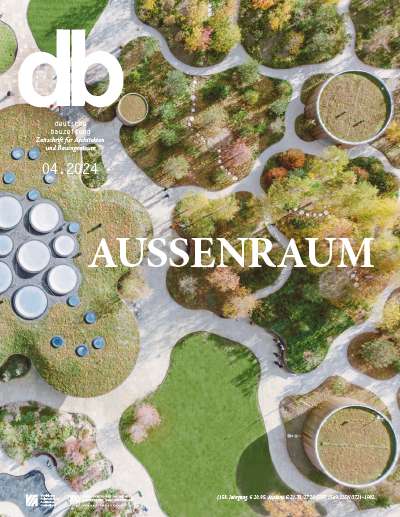

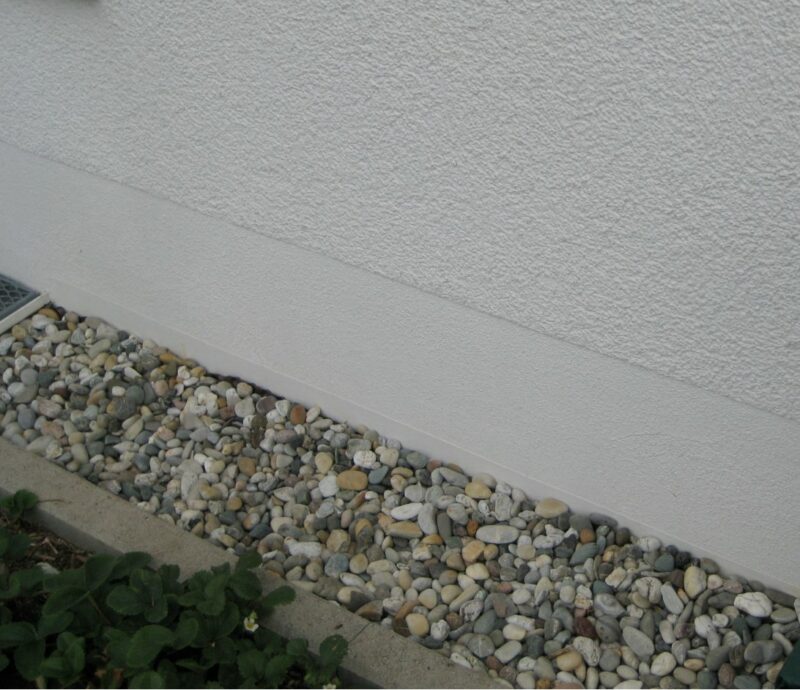
 Trockene Socken
Trockene Socken